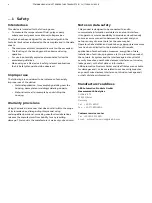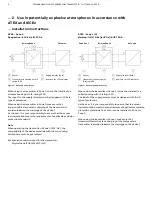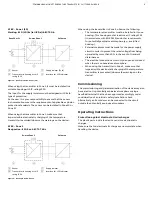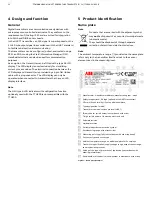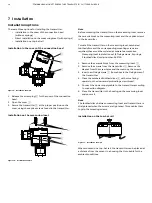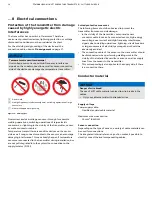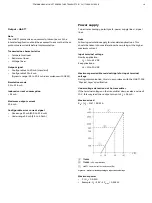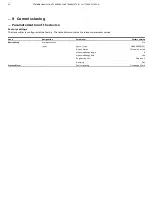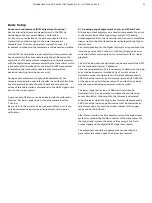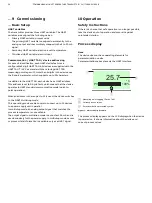
12
TTH200
HEAD-MOUNT TEMPERATURE TRANSMITTER | OI/TTH200-EN REV. B
4
Design and function
General
Digital transmitters are communication-ready devices with
microprocessor-controlled electronics. They conform to the
requirements of IP rating IP 20 and are suited for integration
into DIN A and DIN B sensor heads.
In the HART® transmitter, an FSK signal is superimposed on the
4 to 20 mA output signal in accordance with the HART standard
to facilitate bidirectional communication.
The transmitters can be configured, polled, and tested using a
DTM, an EDD or using the Field Information Manager (FIM).
Handheld terminals can also be used for communication
purposes.
As an option, the transmitter can be fitted with a type AS LCD
display. The LCD display is used exclusively for visualizing
current process values. The electrical connection between the
LCD display and transmitter is provided by a 6-pin flat ribbon
cable with a plug connector. The LCD display can only be
operated when connected to transmitters that have an LCD
display interface.
Note
The HMI type A LCD indicator with configuration function
optionally used with the TTH300 is not compatible with the
TTH200.
5
Product identification
Name plate
Note
Products that are marked with the adjacent symbol
may
not
be disposed of as unsorted municipal waste
(domestic waste).
They should be disposed of through separate
collection of electric and electronic devices.
Note
The ambient temperature range
n
provided on the name plate
refers only to the transmitter itself and not to the sensor
element used in the measuring inset.
1
Manufacturer, manufacturer address, manufacturing year - week
2
Safety integrity level, SIL logo (optional with HART transmitter)
3
CE mark (EU conformity), if not on additional plate
4
Type designation / model
5
Transmitter communications protocol (HART)
6
2D barcode for serial number in accordance with order
7
7-digit serial number of the device electronic unit
8
Software revision
9
Hardware version
j
‘Follow product documentation’ symbol
k
Set measuring range of the transmitter
l
Measuring point tag (TAG) in accordance with order (optional)
m
Set sensor type and circuit type
n
Ambient temperature range, on additional plate for Ex versions
o
Transmitter specification (supply voltage range, output current range,
communications protocol)
p
Coding of the type of protection of the device (in accordance with
ordering information)
q
Serial number of the device (serial number in accordance with order)
Figure 7: Name plate (example)




